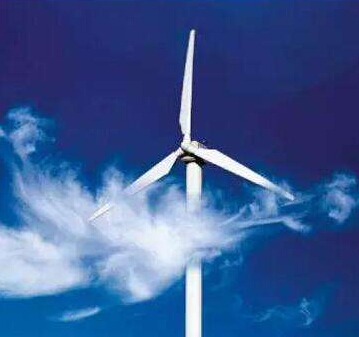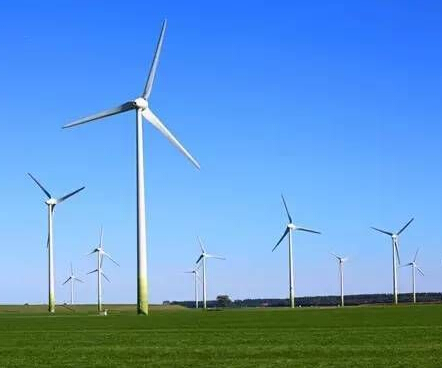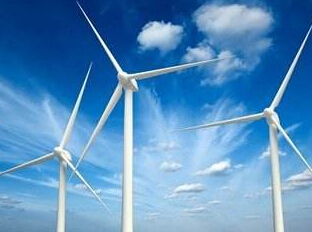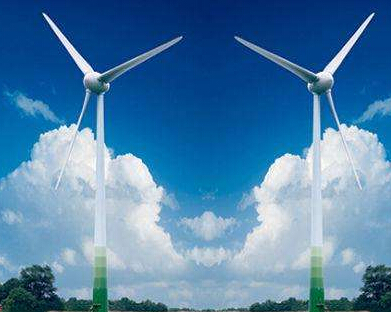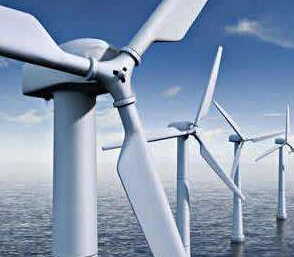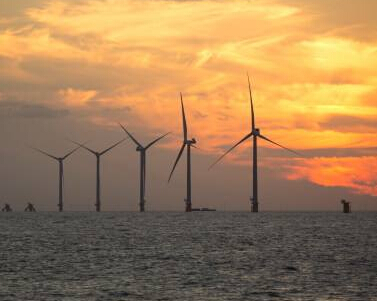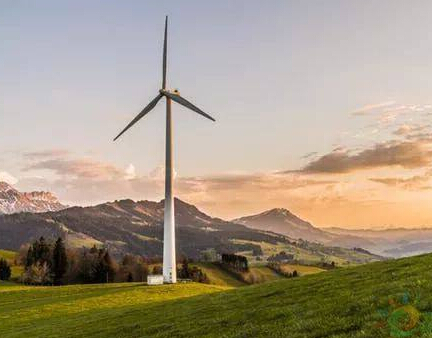“Offshore wind power and decentralized wind power are becoming new growth points for the wind power industry in the future.” On October 17, at the 2018 Beijing International Wind Energy Conference and Exhibition, the Secretary of the Wind Power Equipment Branch of the China Agricultural Machinery Industry Association, Mr. Yan Hesheng, said that distributed wind power It is gradually heating up, and after breaking through the bottlenecks in technology, engineering, management and related policies, the market potential is huge.
Since the beginning of this year, the relevant departments of the state have successively issued a number of policies to support the development of decentralized wind power, and local governments have successively introduced plans for the development of decentralized wind power.
In April, the National Energy Administration issued a notice on the issuance of the Interim Administrative Measures for the Development and Construction of Decentralized Wind Power Projects, encouraging various enterprises and individuals to act as project units, and investing, constructing and operating decentralized forms on the premise of meeting the overall land use planning. Wind power project. It also encourages business model innovation and attracts social capital to participate in the development of decentralized wind power projects.
In May, the National Energy Administration issued the "Notice on the Relevant Requirements for Wind Power Construction Management in 2018", and implemented competition methods to allocate wind power projects across the country. From 2019 onwards, the newly approved centralized onshore wind power and offshore wind power projects in all provinces (autonomous regions and municipalities directly under the Central Government) are all configured through competition and determine the on-grid tariff.
For decentralized wind power, benchmarking prices are still being implemented, which has led some developers to turn their attention and enthusiasm into decentralized wind power.
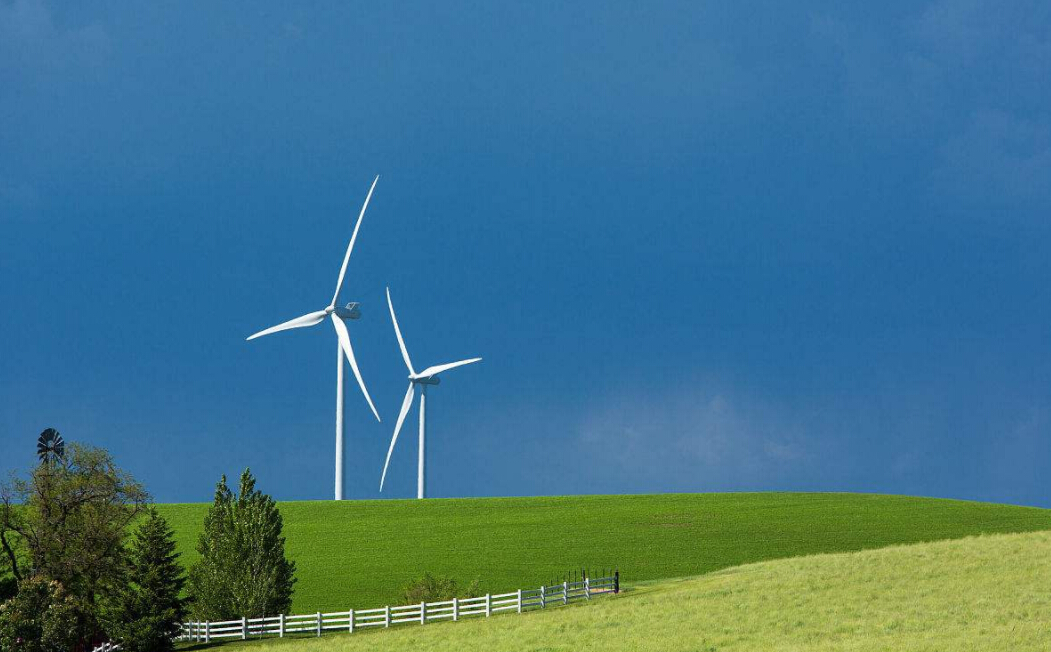
At the Wind Energy Conference last year, one of the issues discussed by the guests was whether decentralization could become the next hot spot for the wind power industry. This year, it has been called the first year of development of distributed wind power.
According to the information from the current wind energy conference, statistics show that from 2018 to 2020, the scale of decentralized construction in Henan, Hebei and Shanxi will exceed 7GW. Referring to the law of scale development of distributed photovoltaics and distributed natural gas, it is estimated that by 2020, China's decentralized wind power installed capacity will reach 20GW, and the annual growth rate of new distributed wind power installed capacity will be more than 100%.
The decentralized wind power project refers to a wind power project that is located near the center of the power load and is not used for large-scale long-distance transmission of power, and the generated power is connected to the power grid and is locally consumed.
Compared with mature centralized wind power projects, decentralized wind power faces challenges and industry pain points due to its proximity to densely populated areas.
“One of the pain points is that there is no wind tower in the decentralized development process, but it needs to carry out more accurate wind resource assessment.” Jin Juan, chief engineer of the Wind Power Design and Research Institute,pointed out that some difficult projects have wind speeds at the investment critical point. Need to make decisions on this project is still not on.
Zhang Wei also said that the development of decentralization in the eastern region, the advantage is close to the load center, but the wind resources are also worse, and close to the residential area, need to consider the impact on the environment, including not only the traditional light shift, failure or accidents lead to safety, etc. The problem is also higher requirements for the maintainability of wind farms and fans.
"For the decentralized type, because of the size limitation, it is impossible to equip the traditional centralized wind power with large-scale maintenance capability. Therefore, for the entire fan, more exploration is needed in maintainability." Zhang Wei said.
According to Sun Shuwei, senior manager of Vestas China's technology department, the most critical thing is to build a decentralized wind power project in the southern Middle East. "The wind turbine is to be erected on the ground. The land is for money. So whoever occupies less land, who is more competitive." Sun Shuwei pointed out.
















 RCCN WeChat QrCode
RCCN WeChat QrCode Mobile WebSite
Mobile WebSite